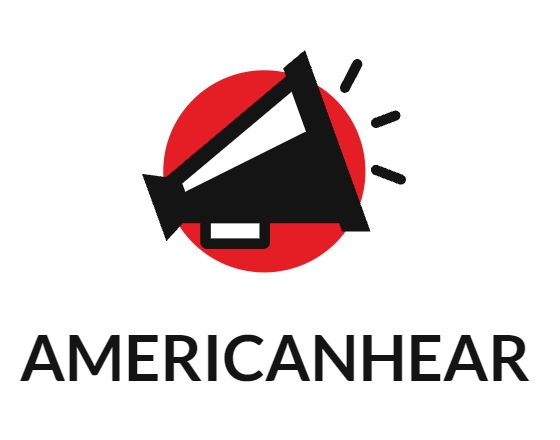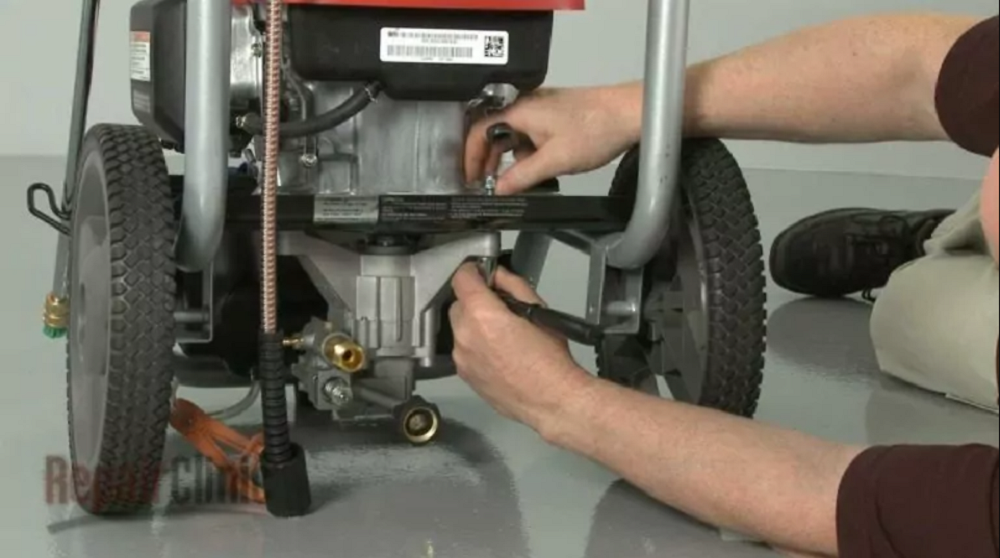Pressure washer failures often result from different factors. Some of the most common problems include corroded connections, clogged pumps, or faulty parts.
A pressure washer is useful in cleaning surfaces with high levels of dirt and grime. They use pressurized water to remove dirt and other surface contaminants from a variety of surfaces, including concrete, brick, or metal surfaces.
Sometimes the problem in the machines is due to a simple mechanical failure, most of which are unpredictable; for example, corrosion or an electrical issue might be the cause.
Common pressure washer problems include:
- The machine won't start at all
- The pump on the pressure washer keeps stopping
- The spray wand won't turn off
- The pump keeps running even after it's switched off
Most of these problems could be the result of the uncertain operation or:
- Corroded connectors
- Loose connection to the water source
- Poor water flow
- Clogged nozzles
- Loose hose connection
How to Check if the Pressure Washer is Working
It is a common problem for pressure washer users to experience that the washer cannot create enough suction or spray water out of the hose.
If you are experiencing these problems, it means that your pressure washer is not working properly. You should check if the pump is delivering enough power if there are any clogs in the hose, and if you have a proper filter installed.
There are a few things that you should check before assuming that the pressure washer is not working.
- Make sure the pressure washer is turned on.
- Check if the water can come out of the hose.
- Check if there is enough suction power coming from the pressure washer head nozzle.
- If none of these steps helps, then it's probably time to replace your pressure washer head nozzle and/or hose with a new one.
How to Troubleshoot the Problem with a Pressure Washing Tool
Pressure washing machines are an essential tool for cleaning a home or commercial building. However, if the machine is not functioning properly, it can lead to a lot of trouble.
But, there are a few things you can do to fix it without having to call a professional.
- Ensure that your machine is plugged in properly
- Make sure that the water supply hose is not damaged
- Check for any leaks
- Check for any clogs
- Check for loose connections
- Ensure that you have enough detergent on hand
How to Repair Damaged Hoses on a Power Washer
When you’re using a power washer, it’s important to know how to repair damaged hoses. If the hose is damaged, it could cause the power washer to stop working or even leak.
If you're using a power washer with a quick-connect nozzle, disconnect the hose from the nozzle by pulling on the trigger while holding down the release button. If you're using a nozzle with an adapter, remove this adapter from your hose and replace it with another adapter that has a quick-connect nozzle.
First you should identify where the damage is. Remove the nozzle from your power washer and inspect it for any holes or cracks. If there are no cracks or holes, then remove the spray wand and inspect it for any signs of damage. If there’s no damage on either end, then a clogged filter could be causing your hose to leak.
After finding out where the leak is coming from, remove all debris from both ends of your hose and make sure that there’s nothing obstructing your power washer's flow.
Power washers are great for cleaning, but they can also be a hazard if you don't know how to use them. One way to avoid the danger is to use a power hose with a water pressure regulator. This will allow you to control the pressure and prevent any damage from happening.
If your power hose is damaged, then it's time for you to replace the parts. You can do this yourself, but it may also be beneficial for you to have someone else replace them for you. Get the best of these machines from Giraffe tools and collections today!


